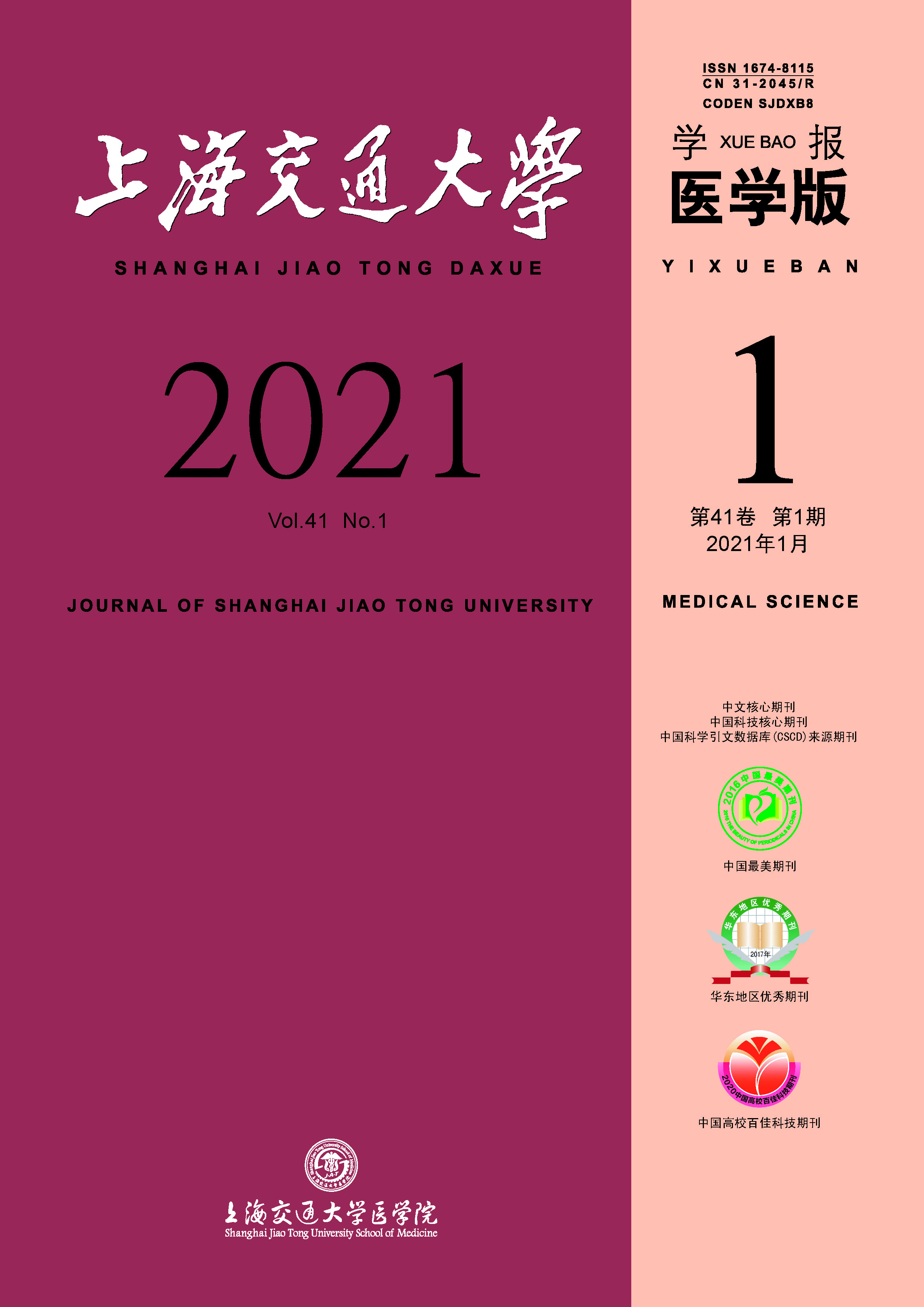Objective·To investigate the correlation between early quantitative electroencephalogram (QEEG) features and brain CT perfusion imaging parameters in the patients with acute ischemic stroke (AIS), and analyze the correlation between QEEG features and National Institutes of Health Stroke Scale (NIHSS) score.
Methods·Ninety-two patients with AIS admitted to the First People's Hospital of Qinzhou from March 2014 to June 2016 were enrolled. All the patients were given emergency CT perfusion imaging to determine the ischemic lesion areas. And then they were monitored by electroencephalogram for at least 2 h. The assessment by using NIHSS was performed after admission. Cerebral blood flow (CBF), mean transit time (MTT) and time to peak (TTP) were obtained from CT perfusion imaging. α wave index, θ wave index, δ wave index, slow wave index, α/δ power ratio (ADR), (δ+θ)/(α+β) power ratio and brain symmetry index (BSI) were obtained from QEEG analysis. With Pearson linear correlation analysis, the correlation between CT perfusion imaging parameters and QEEG features in the ischemic lesions, the correlation between CT perfusion imaging parameters and NIHSS score, and the correlation between QEEG features and NIHSS score were analyzed.
Results·The AIS patients had decreased CBF, prolonged MTT and TTP, increased δ wave index, slow wave index and BSI, and decreased ADR and DTABR in the ischemic lesion areas than those in the contralateral regions. The differences were statistically significant (all P<0.05). MTT was positively correlated with δ wave index, slow wave index and BSI (all P<0.05), and negatively correlated with ADR and DTABR (all P<0.05); TTP was positively correlated with δ wave index, slow wave index and BSI (all P<0.05), and negatively correlated with ADR and DTABR (all P<0.05); the NIHSS score was positively correlated with MTT, TTP, δ wave index, slow wave index and BSI (all P<0.05), and negatively correlated with CBF, ADR and DTABR (all P<0.05).
Conclusion·There exists correlation between QEEG features and CT perfusion imaging parameters in the patients with AIS. Early recording of the patients' QEEG features can help assess the changes of ischemic lesions and neurological deficits and realize dynamic monitoring.

